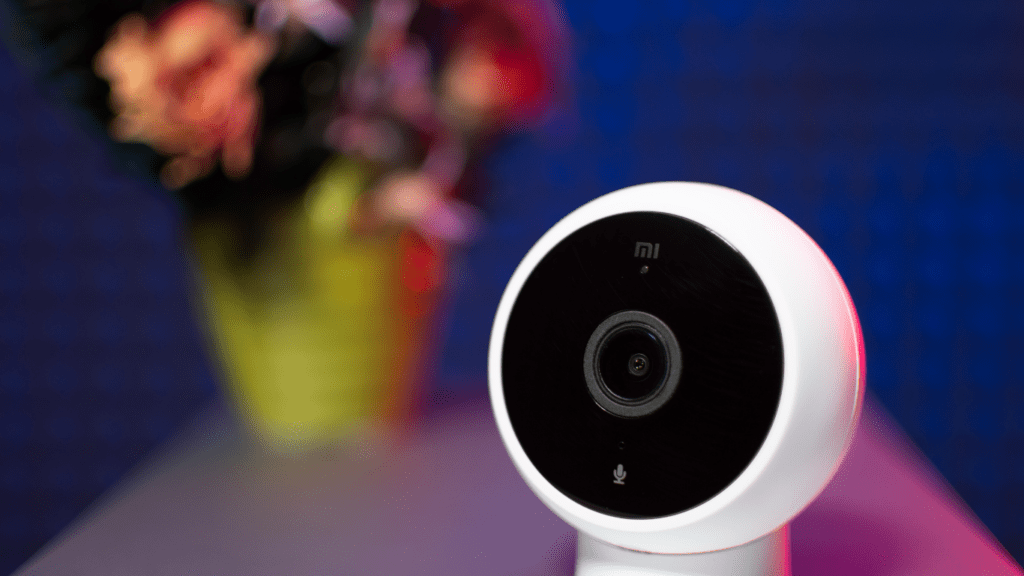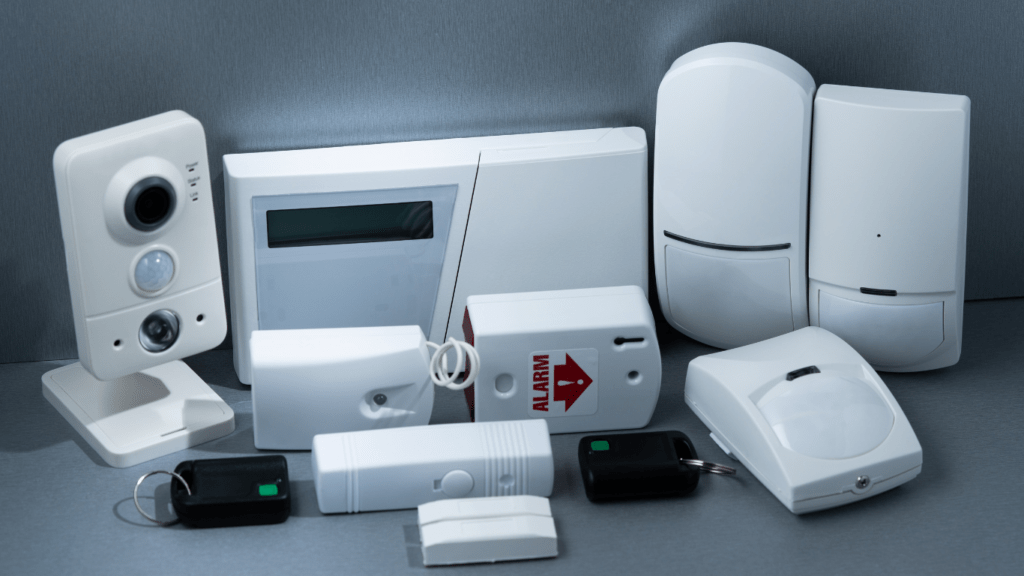In today’s interconnected world, the proliferation of Internet of Things (IoT) devices has brought unprecedented convenience and efficiency. However, with this technological advancement comes the critical issue of security. As an expert in the field, I delve into the challenges and solutions surrounding the imperative task of securing IoT devices.
Navigating the complex landscape of IoT security poses significant challenges, from vulnerable firmware to potential data breaches. In this article, I’ll explore the multifaceted issues that make IoT devices susceptible to cyber threats and offer practical insights on how to mitigate these risks effectively.
Join me as I unravel the intricacies of securing IoT devices, providing valuable guidance on safeguarding these interconnected systems in an ever-evolving digital environment.
Understanding the Importance of IoT Device Security
In discussing the importance of IoT device security, it’s crucial to recognize the significant role these devices play in our daily lives. IoT devices have become integral parts of our homes, offices, and various industries, enabling seamless connectivity and automation. As an expert in the field, I emphasize the critical nature of securing these devices to protect not only our privacy but also the integrity of the systems they are interconnected with.
Securing IoT devices is essential to prevent unauthorized access and potential data breaches. These devices often collect sensitive information about users and their environments, making them prime targets for cyber attacks. By prioritizing IoT device security, we can safeguard personal data, maintain trust in digital technologies, and ensure the smooth operation of interconnected systems.
As I delve into the challenges and solutions of securing IoT devices, it becomes evident that proactive measures are imperative in today’s digitally driven world. By addressing vulnerabilities in firmware, implementing robust encryption protocols, and regularly updating security patches, we can strengthen the defenses of IoT devices against evolving cyber threats.
Furthermore, understanding the importance of IoT device security involves recognizing the broader implications of a breach. A compromised IoT device not only jeopardizes the immediate user but also poses risks to larger networks, leading to potential cascading effects across interconnected systems. Therefore, investing in robust security measures for IoT devices is not just a precautionary step but a necessity in safeguarding the interconnected digital ecosystem.
Common Challenges in Securing IoT Devices
- Vulnerabilities in IoT Devices
IoT devices often have inherent vulnerabilities that can be exploited by cybercriminals. These vulnerabilities stem from factors like poor design practices and inadequate security protocols implemented during development. Attackers can exploit these weaknesses to gain unauthorized access to the device or network, compromising sensitive data and system integrity. - Lack of Standardized Security Measures
One of the significant challenges in securing IoT devices is the lack of standardized security measures across the industry. With a plethora of manufacturers producing IoT devices, there is a lack of consistency in implementing robust security protocols. This inconsistency makes it challenging for consumers to assess the security of devices effectively and increases the risk of vulnerabilities being exploited by malicious actors.
Solutions to Enhance IoT Device Security
Solutions to Enhance IoT Device Security
As an expert in IoT security, let’s delve into effective solutions to bolster the security of IoT devices and safeguard against potential cyber threats.
Implementing Encryption and Authentication
Ensuring robust encryption and authentication mechanisms is paramount to fortifying the security of IoT devices. By encrypting communication channels and data stored on devices, sensitive information remains secure from unauthorized access. Additionally, implementing strong authentication protocols, such as two-factor authentication, enhances device access control, preventing unauthorized users from compromising device integrity. Encryption and authentication together create a secure barrier that mitigates the risk of data breaches and unauthorized device control.
Future Trends in IoT Device Security 
Expanding on the evolution of IoT device security, I anticipate several significant advancements. As technology progresses, so do the tactics of cyber attackers. To combat this, continuous innovation in security measures is vital to stay one step ahead of potential threats. By staying proactive and integrating cutting-edge solutions, we can enhance the protection of IoT devices.
In the coming years, it’s crucial to prioritize the development of Artificial Intelligence (AI) and Machine Learning (ML) technologies tailored for IoT security. These advanced tools can analyze vast amounts of data in real-time, helping identify anomalies and potential security breaches swiftly. By leveraging AI and ML algorithms, we can establish predictive security protocols that adapt to emerging threats, bolstering the resilience of IoT ecosystems.
Moreover, the industry is likely to witness a surge in the adoption of Blockchain technology for securing IoT devices. Blockchain’s decentralized and immutable nature provides a robust foundation for enhancing data integrity and authentication processes within IoT networks. Implementing Blockchain can revolutionize how devices verify and communicate with each other securely, mitigating the risks associated with centralized points of failure.
Additionally, the integration of Quantum Cryptography poses a promising futuristic trend in IoT security. Quantum Cryptography utilizes the principles of quantum mechanics to create unhackable encryption keys, offering unparalleled protection against cyber threats. Embracing this cutting-edge technology can redefine the security landscape of IoT devices, ensuring end-to-end encryption that is virtually impenetrable to malicious actors.
Embracing these future trends in IoT device security will be pivotal in safeguarding connected devices against evolving cyber risks. By adopting proactive measures and leveraging innovative technologies, we can pave the way for a more secure and resilient IoT ecosystem.


 Holly Keenstier is a crucial helper at The Code Crafters Hub, where her contributions significantly enhance the platform's capabilities. Keenstier's background in software development and her meticulous approach to project tasks have made her an integral part of the team. Her role involves various responsibilities, from aiding in technical troubleshooting to supporting content development, all of which are essential to maintaining the hub’s high-quality standards.
Keenstier’s dedication to The Code Crafters Hub is evident in her commitment to delivering relevant and insightful content. Her efforts help ensure that the platform remains a leading resource for the latest advancements in web development, game development, IoT, and cybersecurity. Based in Warren, MI, Keenstier’s work is instrumental in keeping the hub’s offerings dynamic and up-to-date.
Holly Keenstier is a crucial helper at The Code Crafters Hub, where her contributions significantly enhance the platform's capabilities. Keenstier's background in software development and her meticulous approach to project tasks have made her an integral part of the team. Her role involves various responsibilities, from aiding in technical troubleshooting to supporting content development, all of which are essential to maintaining the hub’s high-quality standards.
Keenstier’s dedication to The Code Crafters Hub is evident in her commitment to delivering relevant and insightful content. Her efforts help ensure that the platform remains a leading resource for the latest advancements in web development, game development, IoT, and cybersecurity. Based in Warren, MI, Keenstier’s work is instrumental in keeping the hub’s offerings dynamic and up-to-date.
